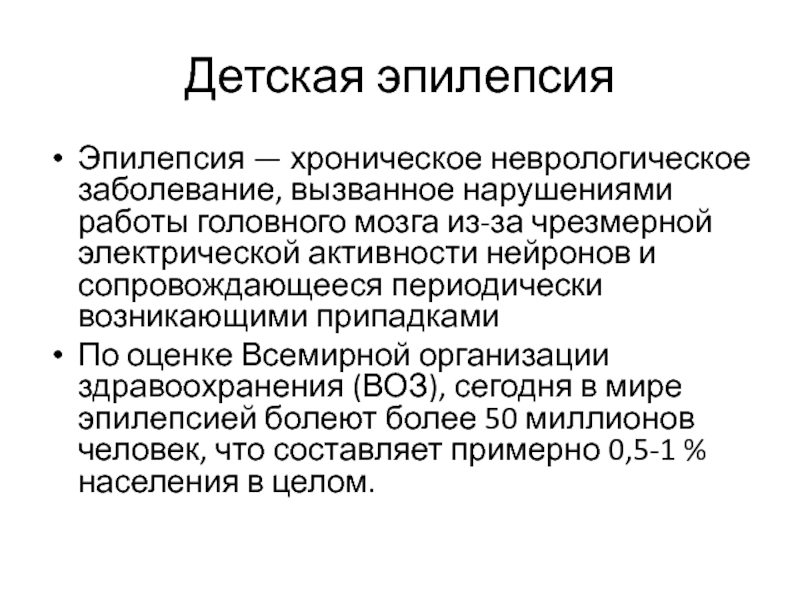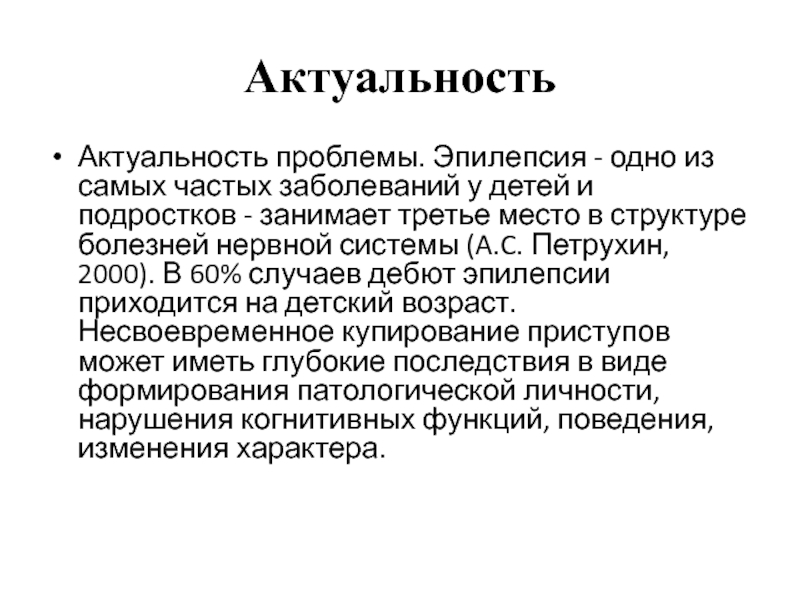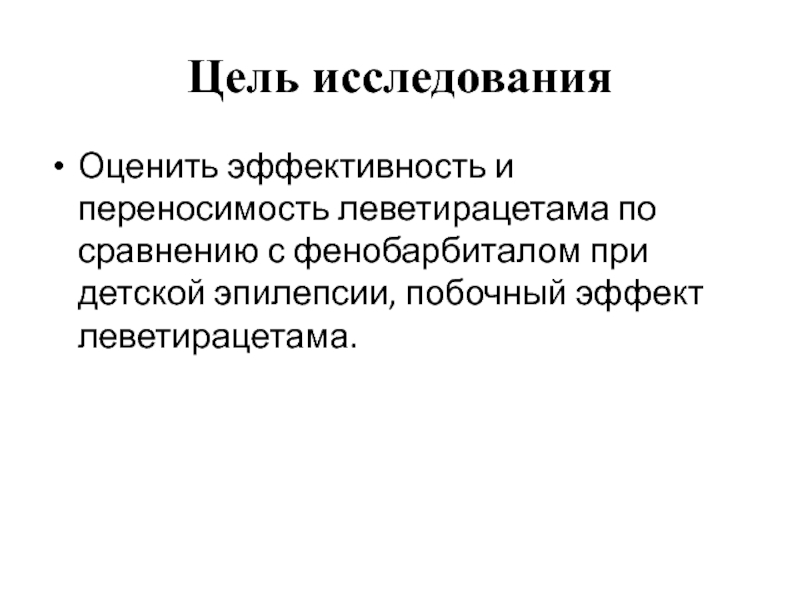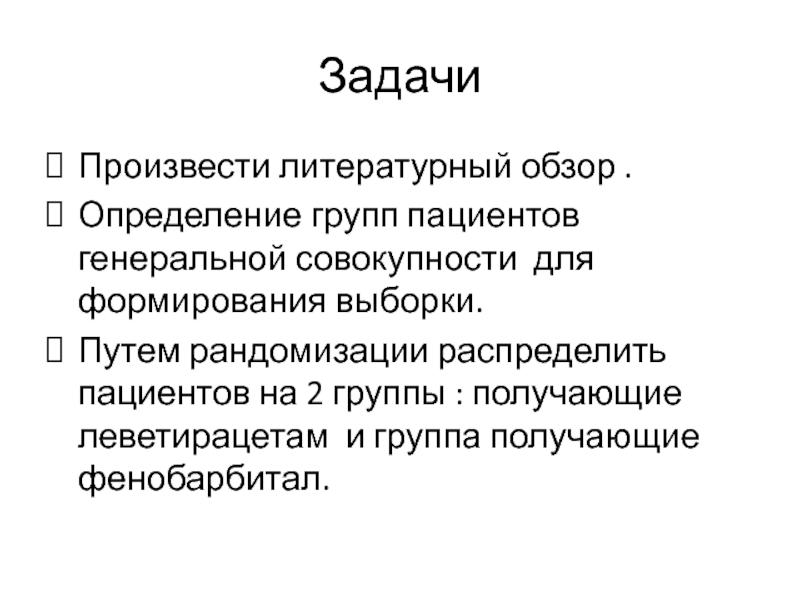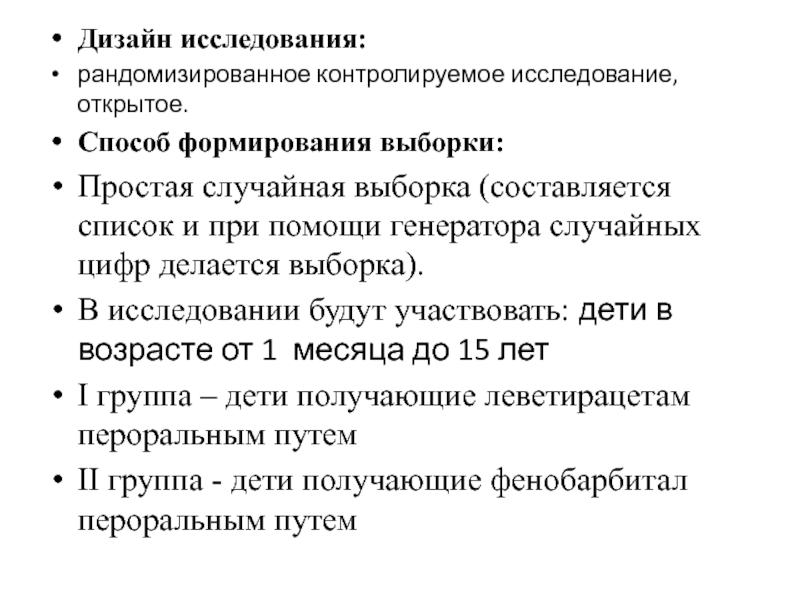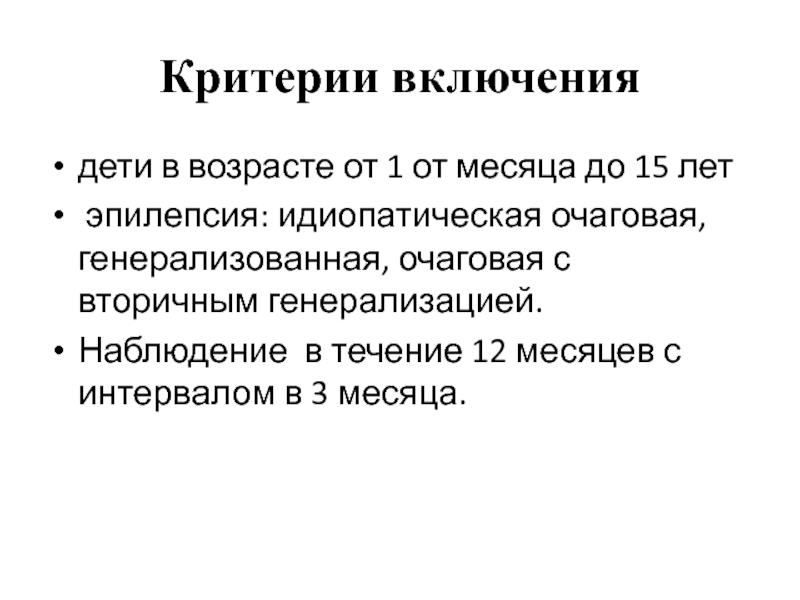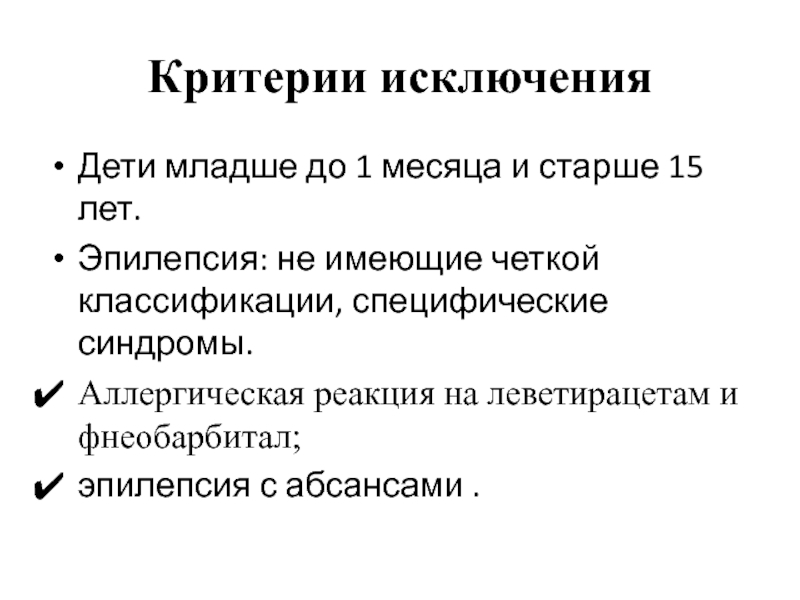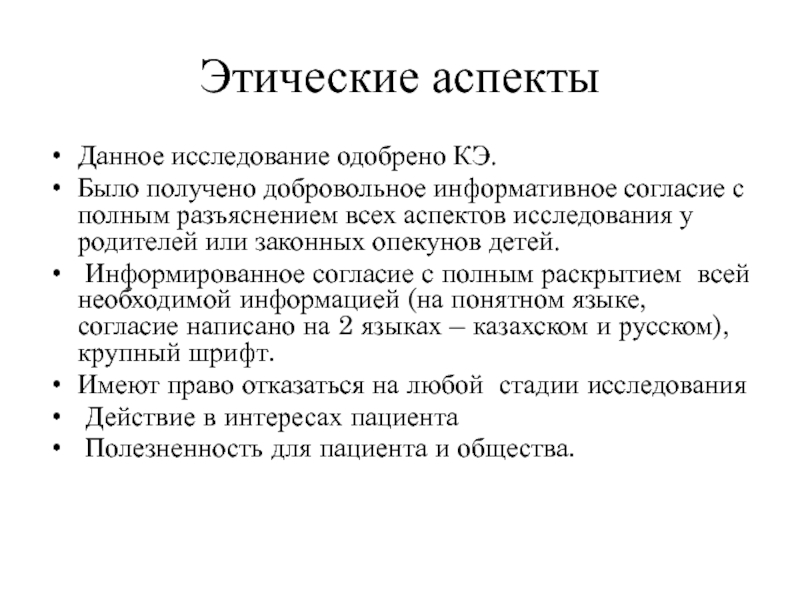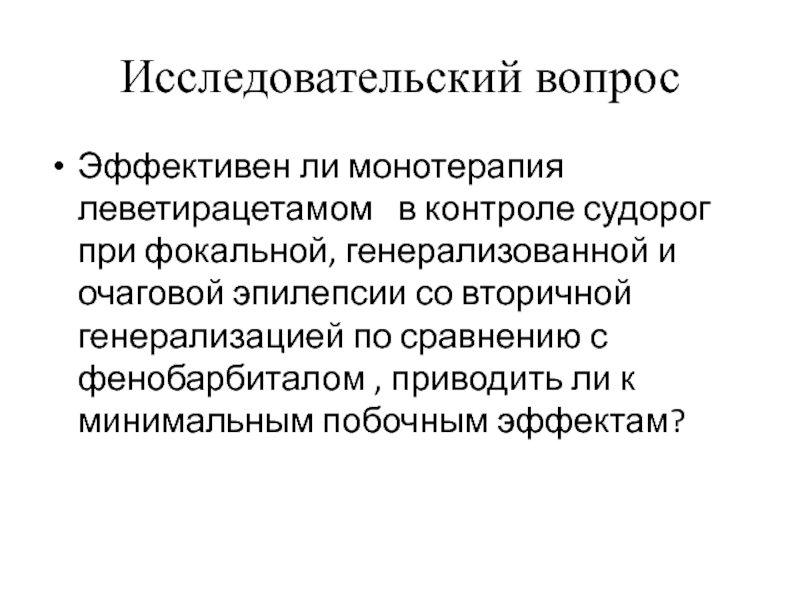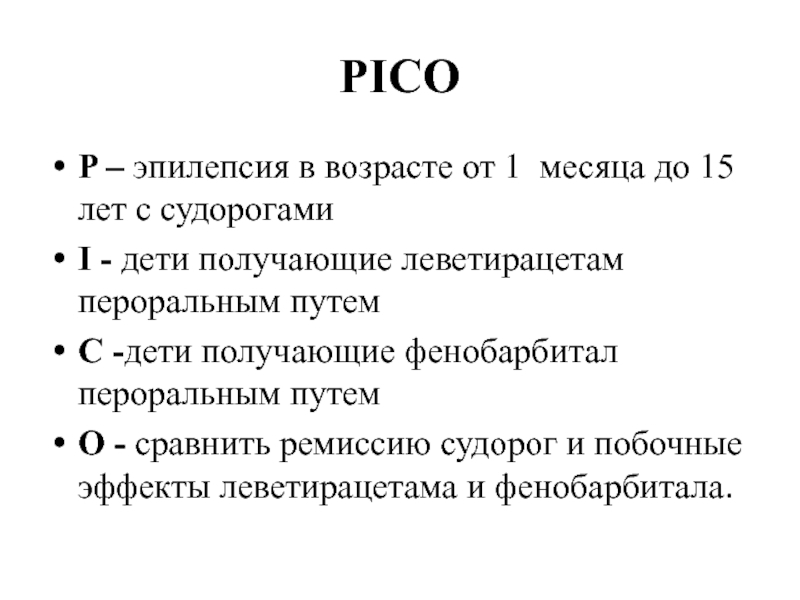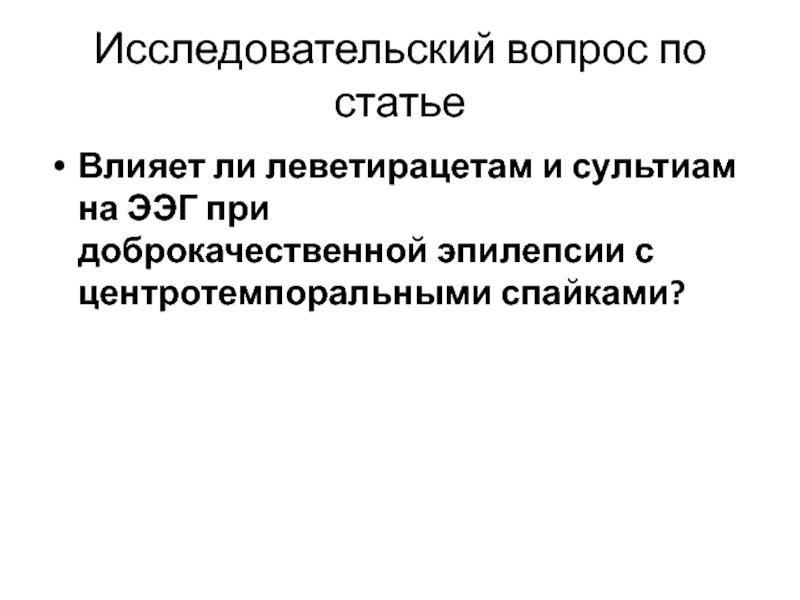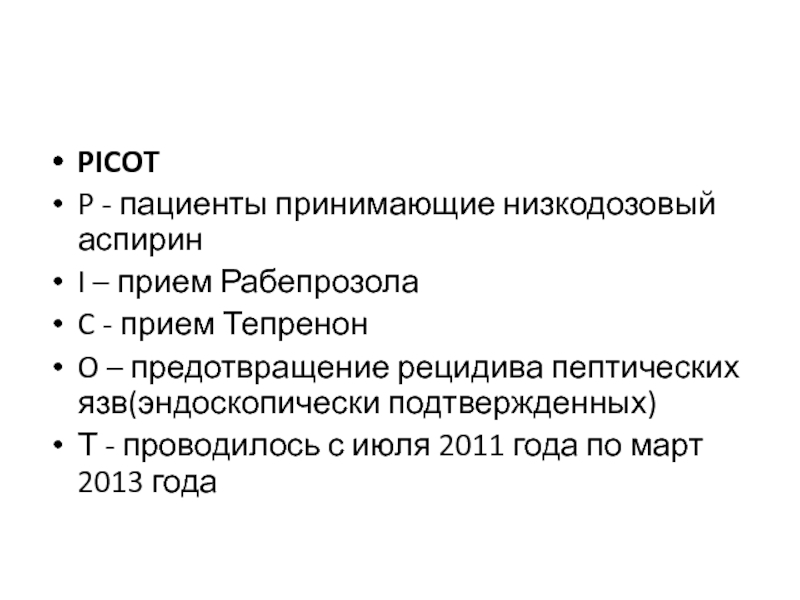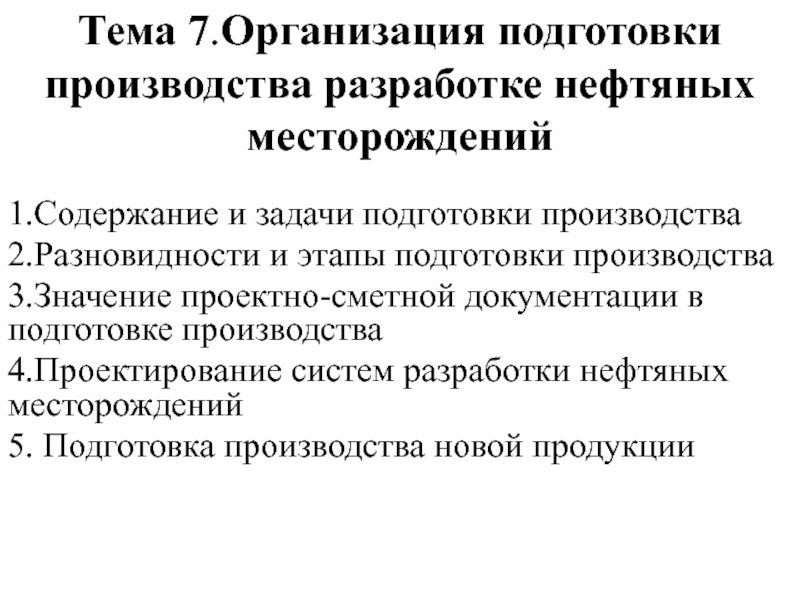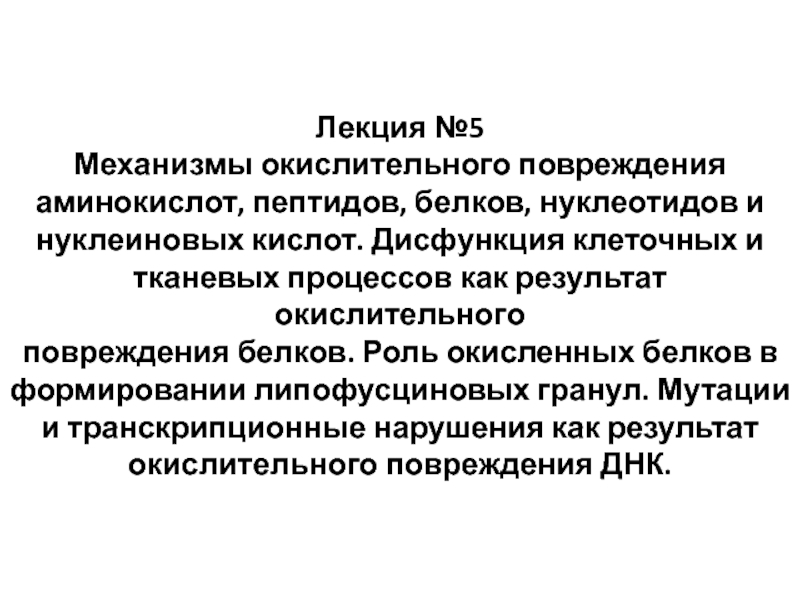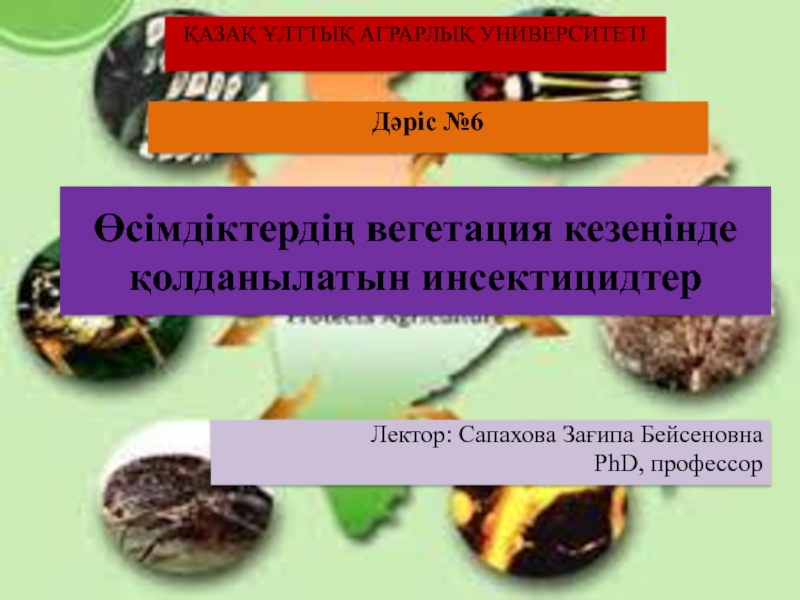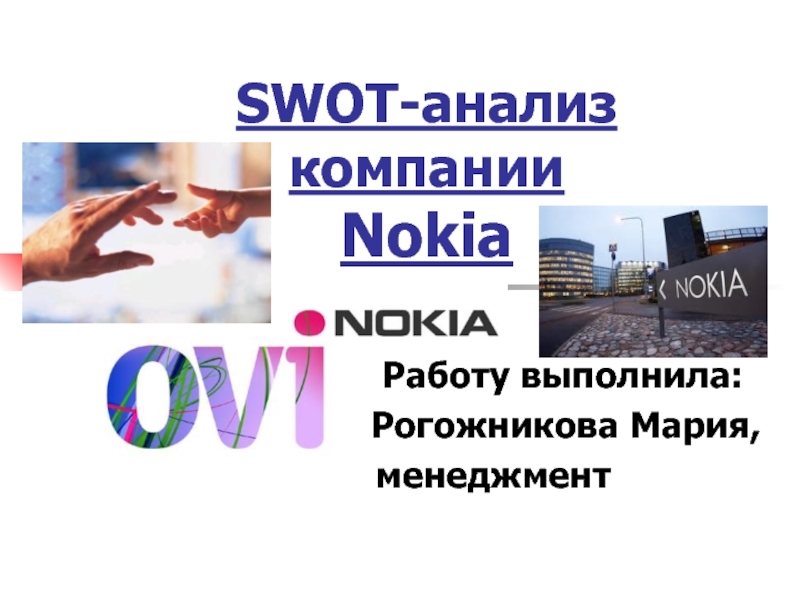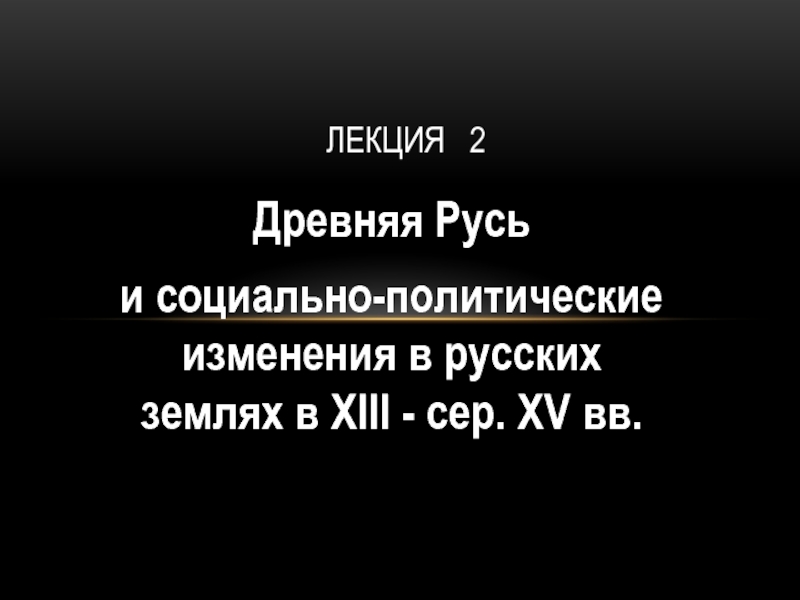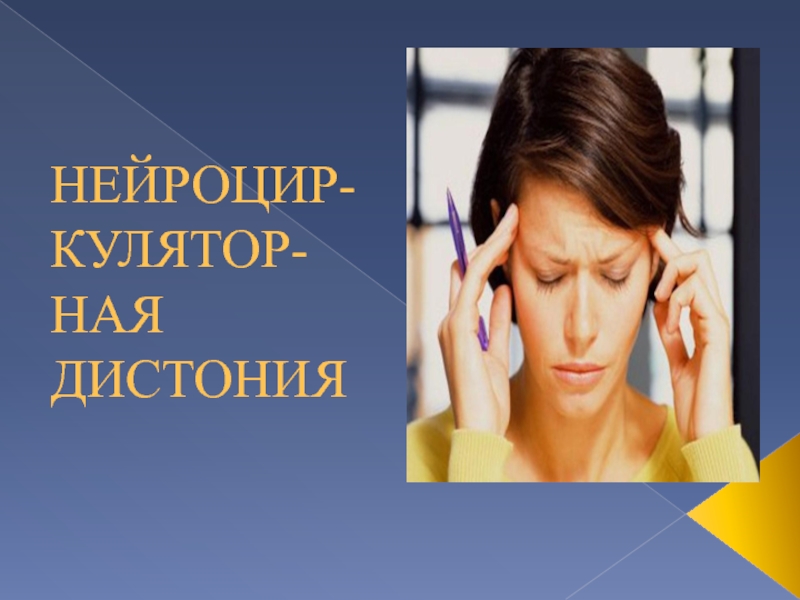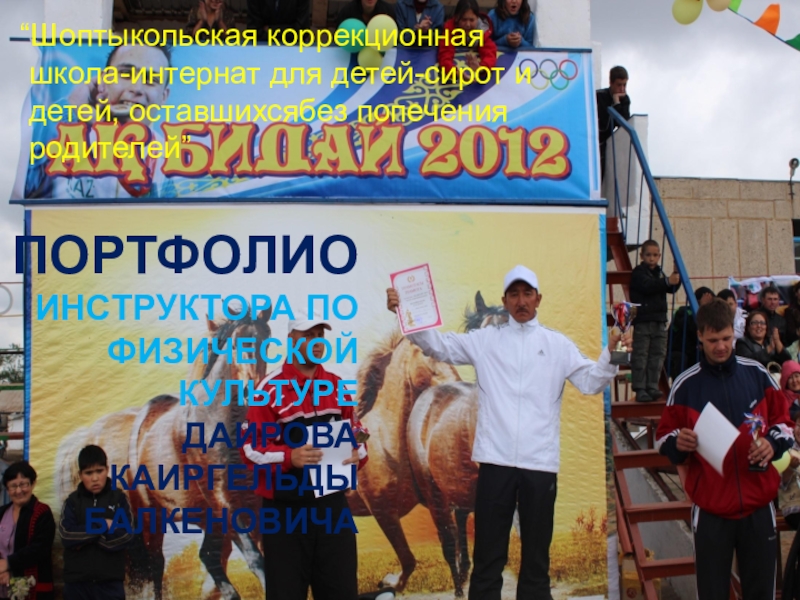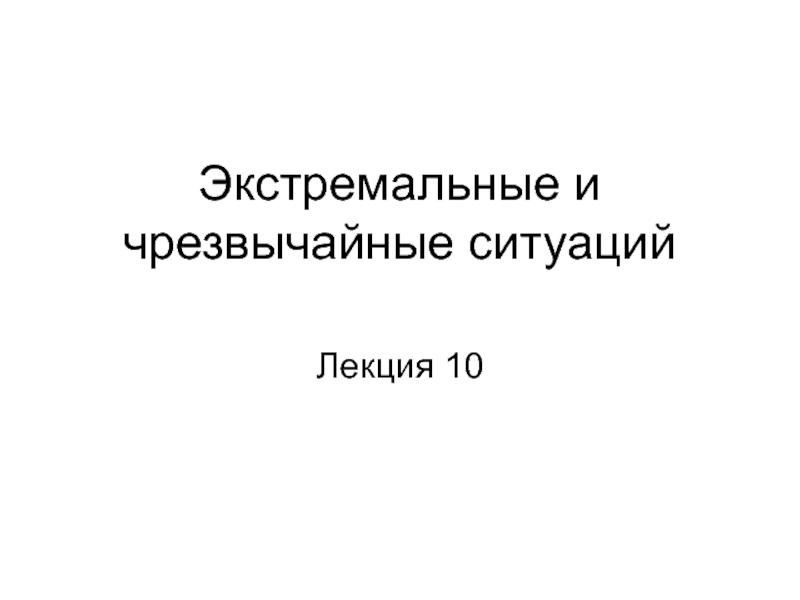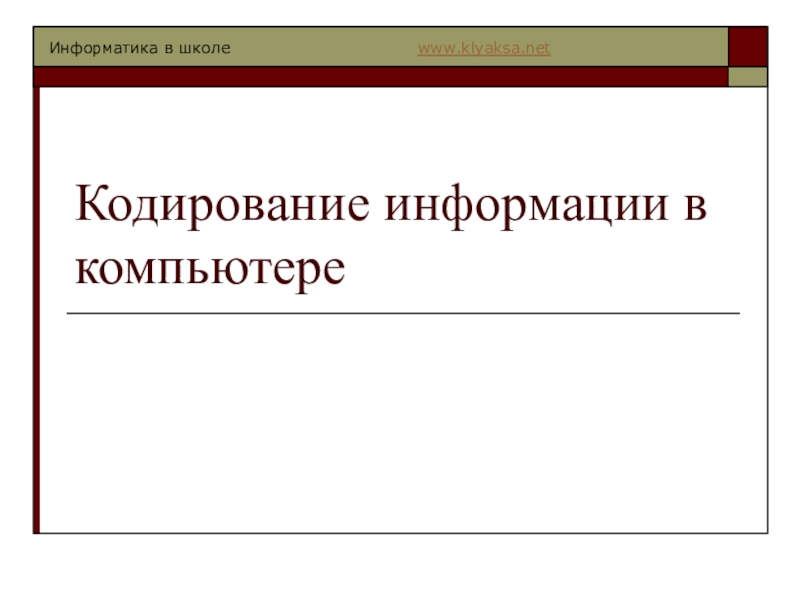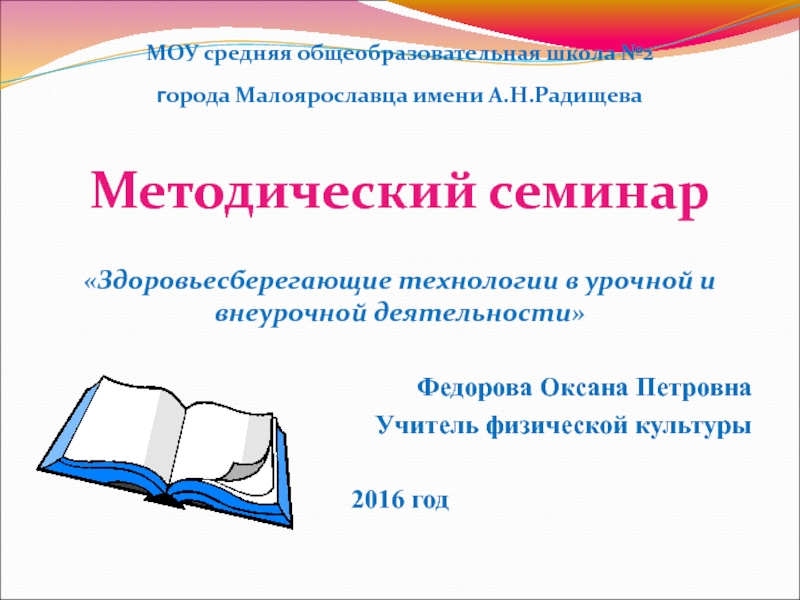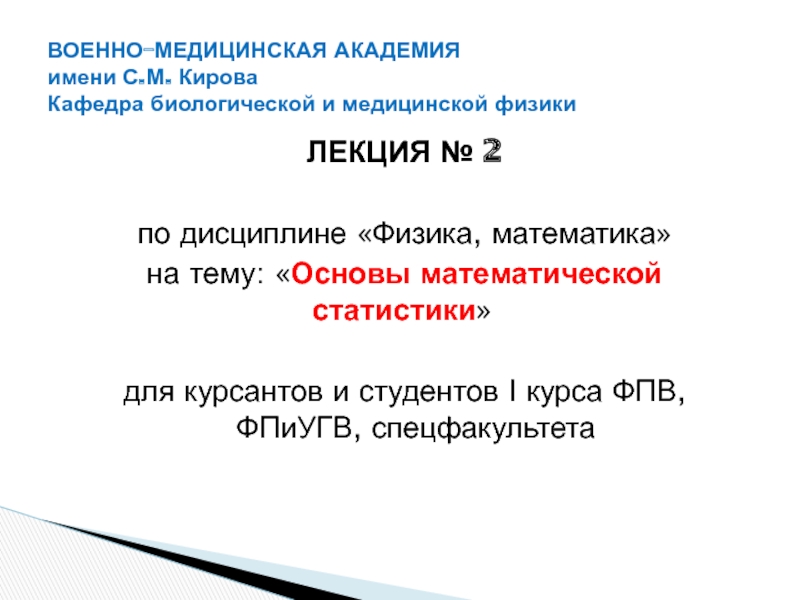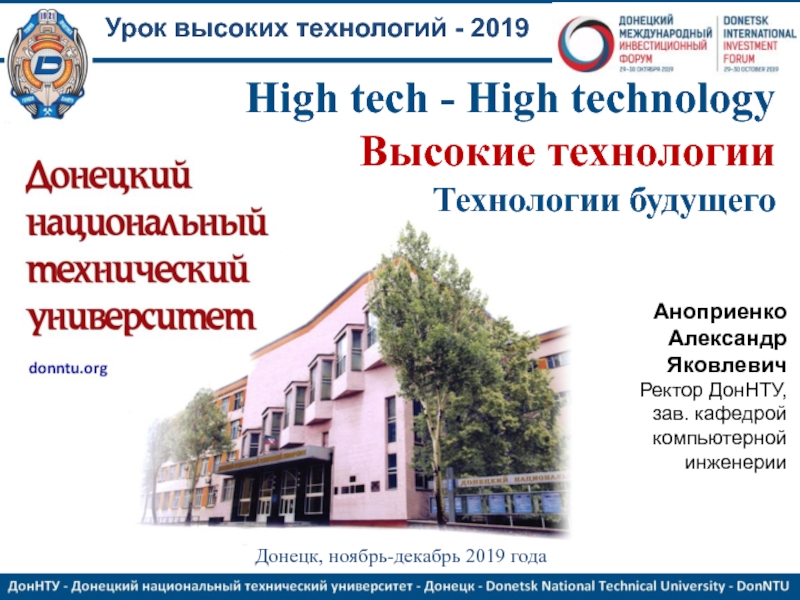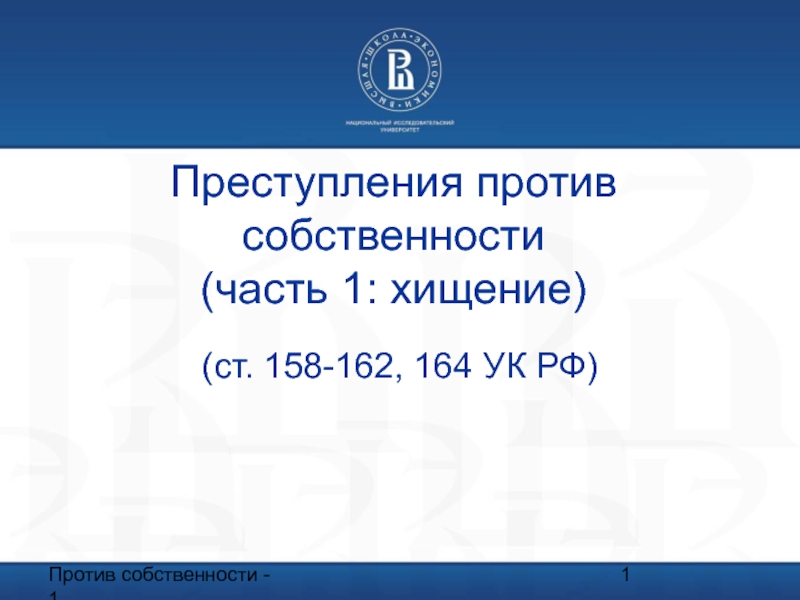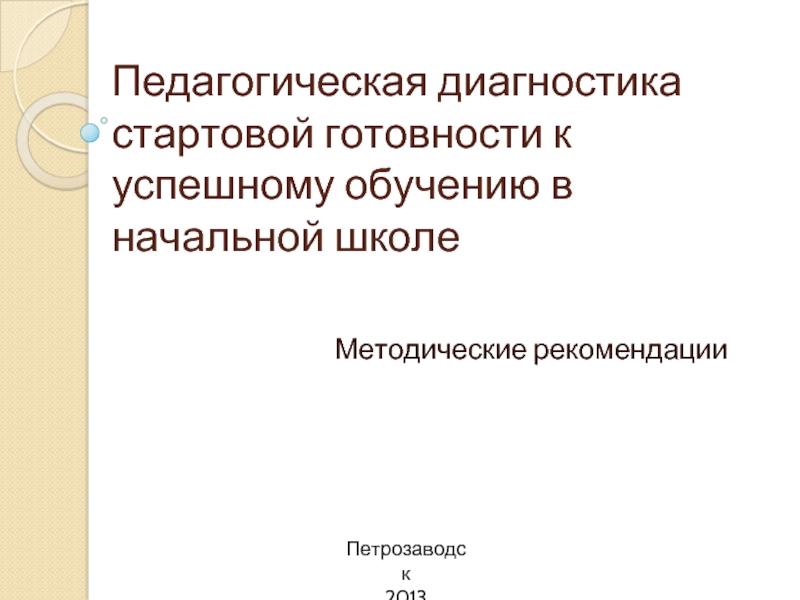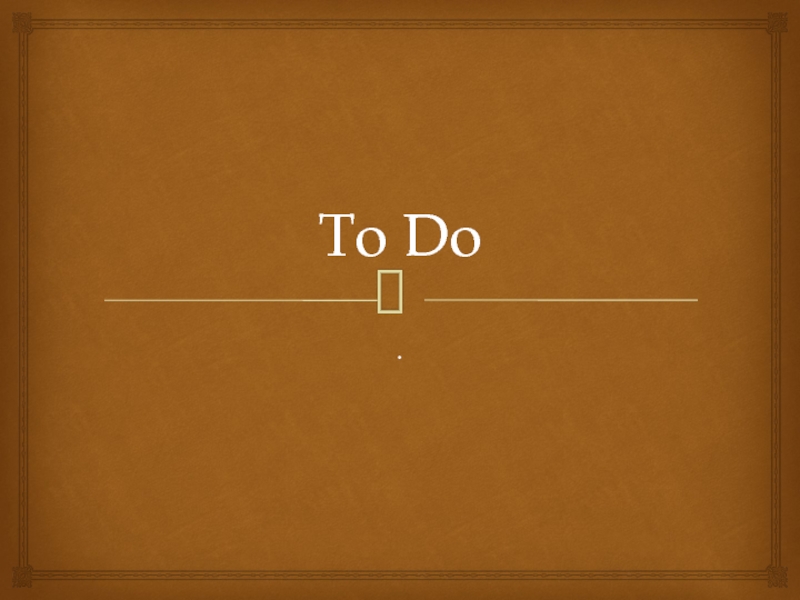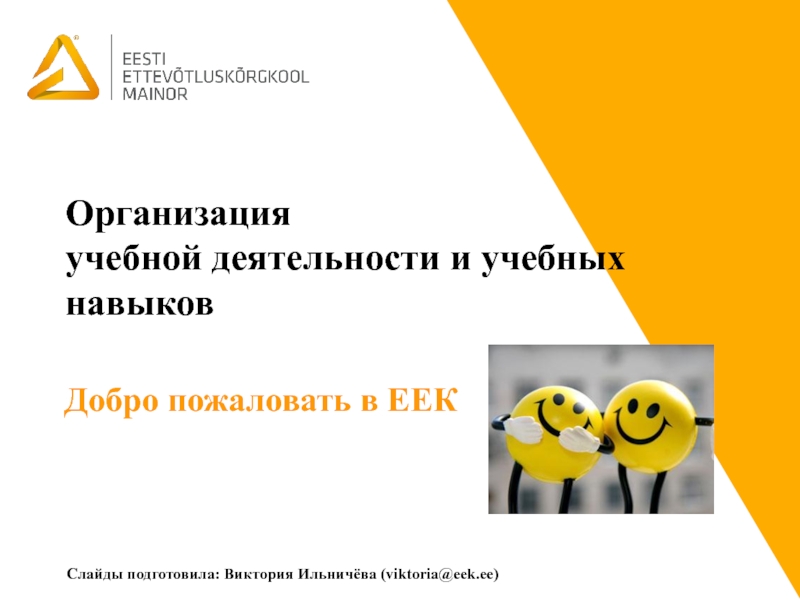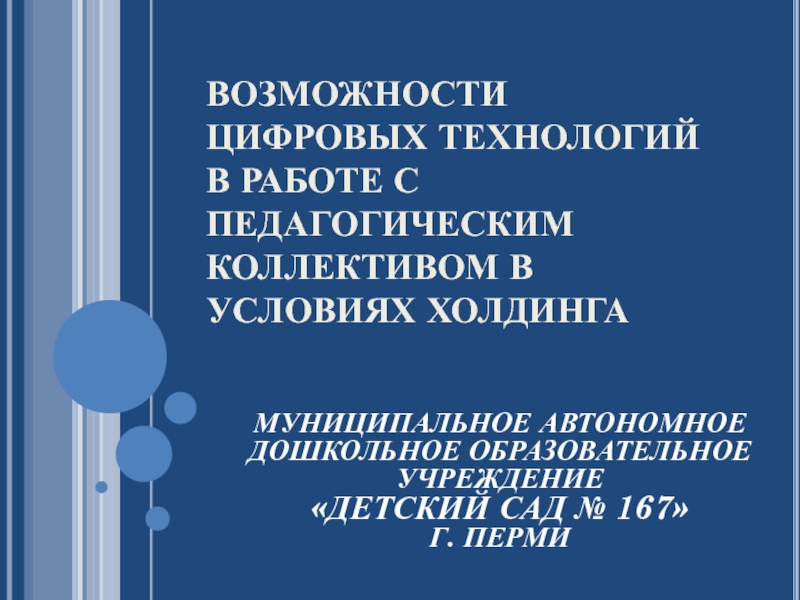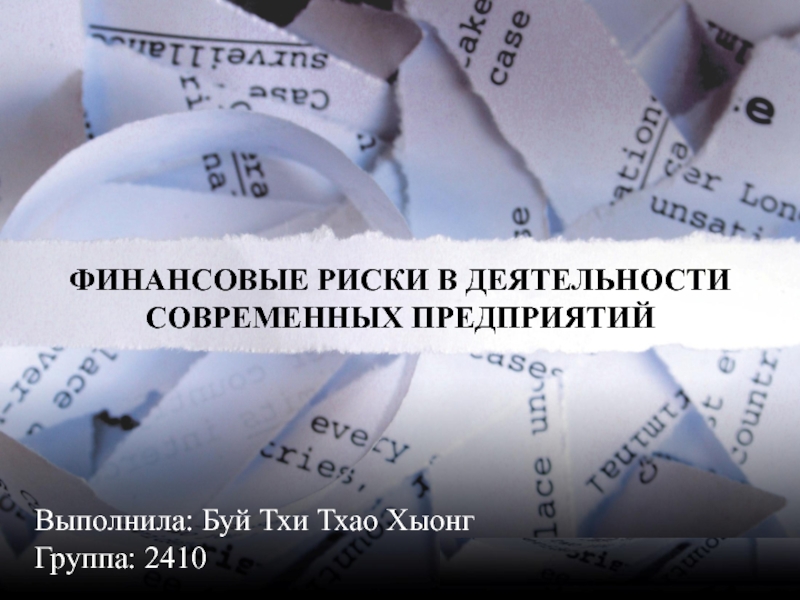Слайд 2Детская эпилепсия
Эпилепсия — хроническое неврологическое заболевание, вызванное нарушениями работы головного
мозга из-за чрезмерной электрической активности нейронов и сопровождающееся периодически возникающими
припадками
По оценке Всемирной организации здравоохранения (ВОЗ), сегодня в мире эпилепсией болеют более 50 миллионов человек, что составляет примерно 0,5-1 % населения в целом.
Слайд 3Актуальность
Актуальность проблемы. Эпилепсия - одно из самых частых заболеваний у
детей и подростков - занимает третье место в структуре болезней
нервной системы (A.C. Петрухин, 2000). В 60% случаев дебют эпилепсии приходится на детский возраст. Несвоевременное купирование приступов может иметь глубокие последствия в виде формирования патологической личности, нарушения когнитивных функций, поведения, изменения характера.
Слайд 4Цель исследования
Оценить эффективность и переносимость леветирацетама по сравнению с фенобарбиталом
при детской эпилепсии, побочный эффект леветирацетама.
Слайд 5Задачи
Произвести литературный обзор .
Определение групп пациентов генеральной совокупности для формирования
выборки.
Путем рандомизации распределить пациентов на 2 группы : получающие леветирацетам
и группа получающие фенобарбитал.
Слайд 6Дизайн исследования:
рандомизированное контролируемое исследование, открытое.
Способ формирования выборки:
Простая случайная выборка
(составляется список и при помощи генератора случайных цифр делается выборка).
В
исследовании будут участвовать: дети в возрасте от 1 месяца до 15 лет
I группа – дети получающие леветирацетам пероральным путем
II группа - дети получающие фенобарбитал пероральным путем
Слайд 7Критерии включения
дети в возрасте от 1 от месяца до 15
лет
эпилепсия: идиопатическая очаговая, генерализованная, очаговая с вторичным генерализацией.
Наблюдение
в течение 12 месяцев с интервалом в 3 месяца.
Слайд 8Критерии исключения
Дети младше до 1 месяца и старше 15 лет.
Эпилепсия:
не имеющие четкой классификации, специфические синдромы.
Аллергическая реакция на леветирацетам и
фнеобарбитал;
эпилепсия с абсансами .
Слайд 9Этические аспекты
Данное исследование одобрено КЭ.
Было получено добровольное информативное согласие с
полным разъяснением всех аспектов исследования у родителей или законных опекунов детей.
Информированное согласие с полным раскрытием всей необходимой информацией (на понятном языке, согласие написано на 2 языках – казахском и русском), крупный шрифт.
Имеют право отказаться на любой стадии исследования
Действие в интересах пациента
Полезненность для пациента и общества.
Слайд 10Исследовательский вопрос
Эффективен ли монотерапия леветирацетамом в контроле судорог при
фокальной, генерализованной и очаговой эпилепсии со вторичной генерализацией по сравнению
с фенобарбиталом , приводить ли к минимальным побочным эффектам?
Слайд 11PICO
P – эпилепсия в возрасте от 1 месяца до 15
лет с судорогами
I - дети получающие леветирацетам пероральным путем
C -дети
получающие фенобарбитал пероральным путем
O - сравнить ремиссию судорог и побочные эффекты леветирацетама и фенобарбитала.
Слайд 12Effects of Levetiracetam and Sulthiame on EEG in benign epilepsy with centrotemporal
spikes: A randomized controlled trial.
Tacke M1, Borggraefe I2, Gerstl L3, Heinen F3, Vill K3, Bonfert
M3, Bast T4; HEAD Study group, Neubauer BA5, Baumeister F6, Baethmann M7, Bentele K8, Blank C9, Blank HM10, Bode H11, Bosch F12, Brandl U13, Brockmann K14, Dahlem P15, Ernst JP16, Feldmann E17, Fiedler A18, Gerigk M19, Heß S20, Hikel C21, Hoffmann HG22, Kieslich M23, Klepper J24, Kluger G25, Koch H26, Koch W27, Korinthenberg R28, Krois I29, Kühne H30, Kurlemann G31, Mandl M32, Mause U33, Navratil P34, Opp J35, Penzien J36, Prietsch V37, Quattländer A38, Rating D39, Schara U40, Shamdeen MG41, Sprinz A42, Wendker-Magrabi H43, Stephani U44, Muhle H44, Straßburg HM45, Töpke B46, Trollmann R47, Tuschen-Hofstätter E48, Waltz S49, Weber G50, Wien FU51, Wolff M52, Polster T53, Freitag H53, Sönmez Ö54, Reinhardt K55, Traus M56, Hoovey Z57.
Author information
Abstract
PURPOSE:
BECTS (benign childhood epilepsy with centrotemporal spikes) is associated with characteristic EEG findings. This study examines the influence of anti-convulsive treatment on the EEG.
METHODS:
In a randomized controlled trial including 43 children with BECTS, EEGs were performed prior to treatment with either Sulthiame or Levetiracetam as well as three times under treatment. Using the spike-wave-index, the degree of EEG pathology was quantified. The EEG before and after initiation of treatment was analyzed. Both treatment arms were compared and the EEG of the children that were to develop recurrent seizures was compared with those that were successfully treated.
RESULTS:
Regardless of the treatment agent, the spike-wave-index was reduced significantly under treatment. There were no differences between the two treatment groups. In an additional analysis, the EEG characteristics of the children with recurrent seizures differed statistically significant from those that did not have any further seizures.
CONCLUSION:
Both Sulthiame and Levetiracetam influence the EEG of children with BECTS. Persistent EEG pathologies are associated with treatment failures.
https://www.ncbi.nlm.nih.gov/pubmed/29475094
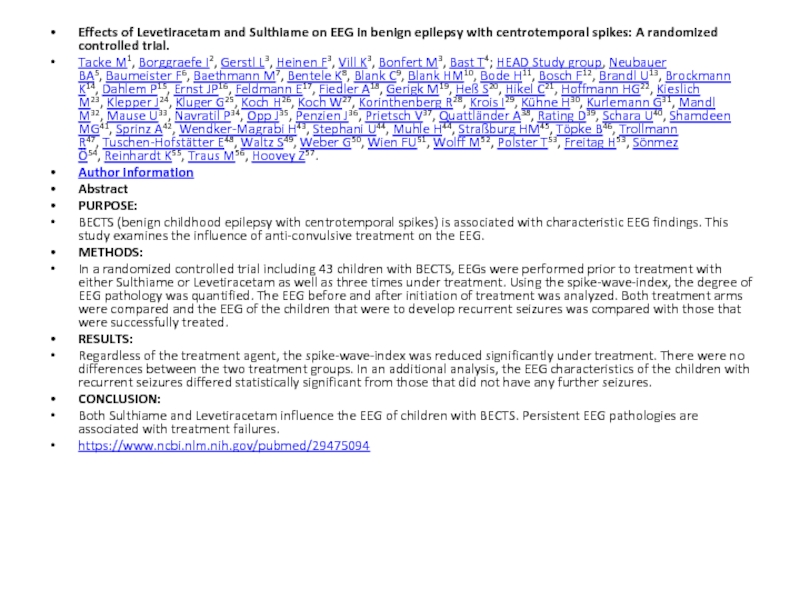
Слайд 13Levetiracetam Monotherapy in Children with Epilepsy: A Systematic Review.
Weijenberg A1, Brouwer OF1, Callenbach PM2.
Author information
Abstract
BACKGROUND:
Levetiracetam, a
second-generation anti-epileptic drug (AED) with a good efficacy and safety
profile, is licensed as monotherapy for adults and children older than 16 years with focal seizures with or without secondary generalization. However, it is increasingly being used off-label in younger children.
OBJECTIVES:
We critically reviewed the available evidence and discuss the present status of levetiracetam monotherapy in children 0-16 years old.
DATA SOURCES:
We systematically searched the literature using PubMed, Web of Science and Embase up to August 2014 for articles on levetiracetam monotherapy in children. Keywords were levetiracetam, monotherapy and child*. The titles and abstracts of 532 articles were evaluated by AW, of which 480 were excluded. The full texts of the other 52 articles were assessed for relevance.
RESULTS:
We covered one review, one opinion statement and 32 studies in this review, including four randomized controlled trials, ten open-label prospective studies, eight retrospective studies, and ten case reports. The formal evidence for levetiracetam monotherapy in children is minimal: it is potentially efficacious or effective as initial monotherapy in children with benign epilepsy with centrotemporal spikes. In all of the published studies, however, efficacy and tolerability of levetiracetam seemed to be good and comparable to other AEDs.
CONCLUSION:
The data of 32 studies on levetiracetam monotherapy in children were insufficient to confirm that levetiracetam is effective as initial monotherapy for different types of seizures and/or epilepsy syndromes. There is still an urgent need for well designed trials to justify the widespread use of levetiracetam monotherapy in children of all ages.
https://www.ncbi.nlm.nih.gov/pubmed/26013703
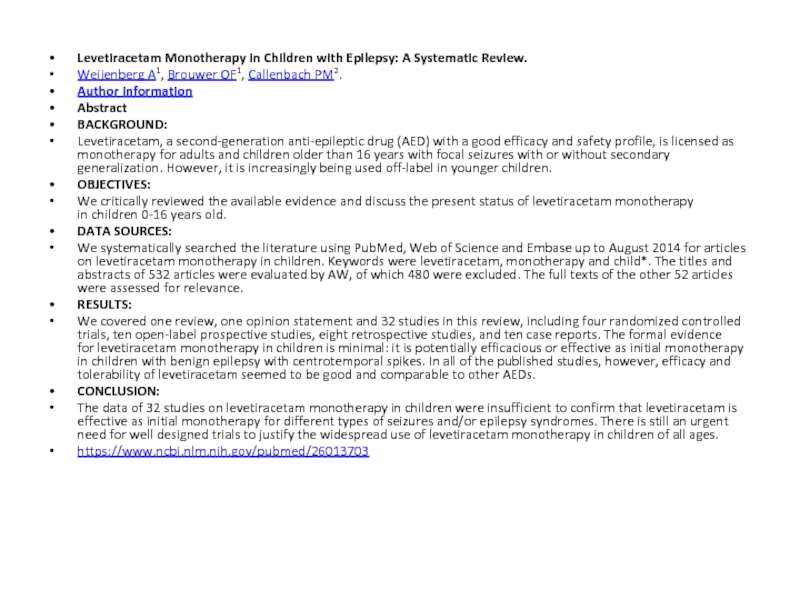
Слайд 14Neuropsychological effects of levetiracetam and carbamazepine in children with focal epilepsy.
Jung DE1, Yu R1, Yoon JR1, Eun BL1, Kwon
SH1, Lee YJ1, Eun SH1, Lee JS1, Kim HD1, Nam SO1, Kim GH1, Hwang SK1, Eom S1, Kang DR1, Kang
HC2.
Author information
Abstract
OBJECTIVE:
To prospectively evaluate the neuropsychological effect of levetiracetam (LVT) in comparison with carbamazepine (CBZ) and its efficacy and tolerability as a monotherapy in children with focal epilepsy.
METHODS:
A total of 121 out of 135 screened children (4-16 years) were randomly assigned to LVT or CBZ groups in a multicenter, parallel-group, open-label trial. The study's primary endpoints were defined as the end of 52 weeks of treatment, followed by analysis of changes observed in a series of follow-up neurocognitive, behavioral, and emotional function tests performed during treatment in the per protocol population. Drug efficacy and tolerability were also analyzed among the intention-to-treat (ITT) population (ClinicalTrials.gov, number NCT02208492).
RESULTS:
Eighty-one patients (41 LVT, 40 CBZ) from the randomly assigned ITT population of 121 children (57 LVT, 64 CBZ) were followed up to their last visit. No significant worsening or differences were noted between groups in neuropsychological tests, except for the Children's Depression Inventory (LVT -1.97 vs CBZ +1.43, p = 0.027, [+] improvement of function). LVT-treated patients showed an improvement (p = 0.004) in internalizing behavioral problems on the Korean Child Behavior Checklist. Seizure-free outcomes were not different between the 2 groups (CBZ 57.8% vs LVT 66.7%, p = 0.317).
CONCLUSIONS:
Neither LVT nor CBZ adversely affected neuropsychological function in pediatric patients. Both medications were considered equally safe and effective as monotherapy in children with focal epilepsy.
CLASSIFICATION OF EVIDENCE:
This study provides Class II evidence that in patients with pediatric focal epilepsy, LVT and CBZ exhibit equivalent effects on neuropsychological function.
https://www.ncbi.nlm.nih.gov/pubmed/25948717
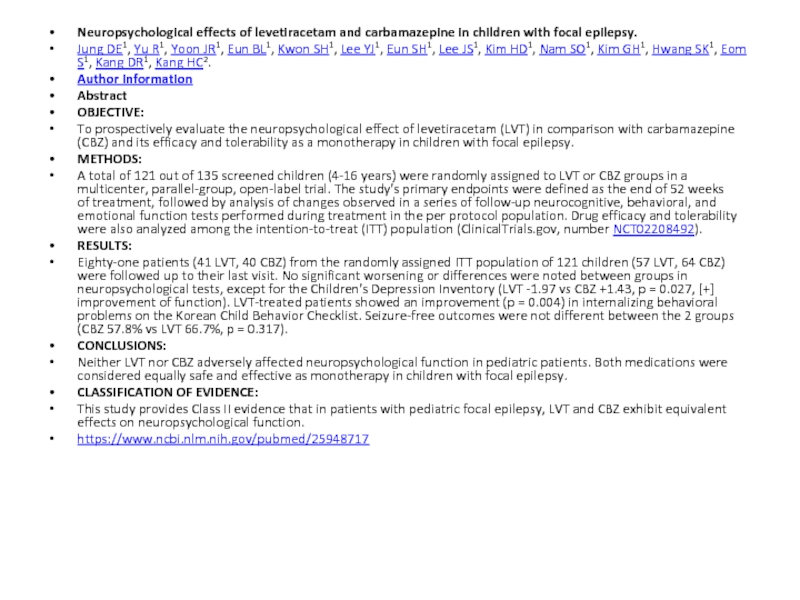
Слайд 15Исследовательский вопрос по статье
Влияет ли леветирацетам и сультиам на ЭЭГ
при доброкачественной эпилепсии с центротемпоральными спайками?
Слайд 16PICOT
P - пациенты принимающие низкодозовый аспирин
I – прием Рабепрозола
C
- прием Тепренон
O – предотвращение рецидива пептических язв(эндоскопически подтвержденных)
Т -
проводилось с июля 2011 года по март 2013 года

